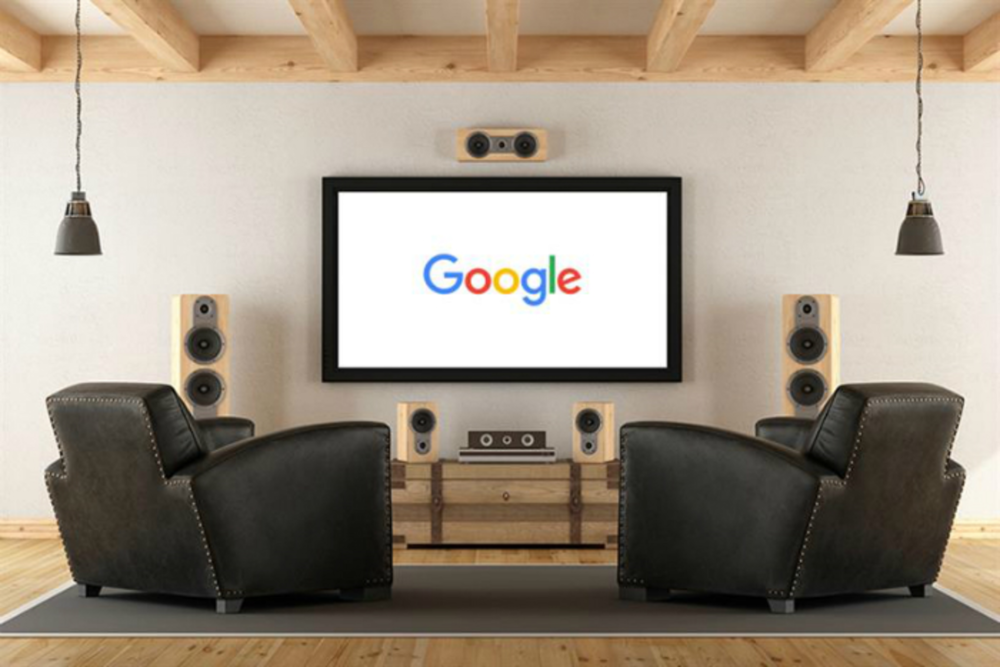On Monday, Google announced that it would bridge the gap between traditional TV and digital video by giving advertisers the ability to programmatically buy, target and measure traditional TV ads within the same platform as digital ones.
It’s not the internet giant’s first attempt at selling for traditional TV—beginning in 2008, it began offering its “Google TV Ads.” But, after selling these for nearly five years, Google pulled the plug in 2012. At the time, Shishir Mehrotra, the former VP of product and engineering at YouTube, wrote in a post on Blogger that the decision came down to the fact that video was “increasingly going digital” with users “watching across numerous devices.”
Now, here we are in 2017, and Google is bringing its programmatic TV offerings back to its DoubleClick Bid Manager. This time around, industry experts believe it will stick, because the way audiences consume media has evolved.
“Today reaching specific audiences is a core component for any advertiser,” said Lauren Fischer, programmatic analyst at eMarketer, “From targeting and measurement perspectives, it makes sense that Google would get on board to pull together TV and digital to reach audiences across screens and environments.”
Adobe, The Trade Desk, DataXu, Videology are among the ad tech firms that already offer both digital and addressable TV offerings to advertisers, and according to Fischer, the trend is only going to continue. “Increasingly you see buyers wanting to integrate the two,” she said.
TV, after all, remains a billion dollar industry—eMarketer predicts that traditional TV ad spending will reach $72 billion in 2017, and a Pivotal Research Group study found that the rise of streaming services like Hulu and Netflix have not decreased the time people spend watching set-top boxes. At the same time, there is a seemingly never-ending flow of content for users to consume online, and the number of households that subscribe to video-streaming services (SVODs) are growing. At the end of the first quarter of 2017, SVODs could be found in 58 percent of homes, according to Pivotal Research Group.
The beauty of programmatic buying across traditional TV and digital is that it makes it easier to track and target audiences wherever they are, according to Vincent Paolozzi, senior VP of marketplace development and investment at IPG Mediabrands’ Magna Global.
“Marketers need to continue to reach consumers at scale,” he said. “Traditionally, we’ve been able to do so pretty evenly in one medium. But as things move across screens, we have to start thinking about how we’re going to engage consumers no matter where they’re going.”
Jason Beckerman, CEO and co-founder of Unified, believes this kind of technology will help advertisers manage the content jungle. “Video is proliferating at such a quick speed that brands will begin to have the ability to compare TV to digital properties apples to apples,” he said. “Once that happens, they can quickly move budgets to the channel that is working best.”
In the end, said Paolozzi, consumers are the ones in charge, and they don’t care where they are watching their content, as long as it’s good quality. “They have full control over their consumption of media, and we have to find ways of engaging them in the ways they want to consume media,” he said.
With the steady uptick in programmatic buying, it’s reasonable to believe that Google was simply too early to market when it first came out with TV ad buying. In fact, in 2012, when Google abandoned its TV ad sales, programmatic was set at 14 percent of US digital display ad spending or $2.03 billion, according to eMarketer. In 2017, it will make up 78 percent, or $32.56 billion, said Fischer. That’s a $30 billion difference.
“Back in 2012, programmatic was just getting up to speed. The whole focus on audience-based buying wasn’t there,” said Fischer. “As we are looking at the market today, taking an audience-centric approach is super important.”
Matt Speigel, managing director at MediaLink, believes that this time, Google’s new product is likely to advance the programmatic space. “If Google plays the role of tech provider,” he said, “the other pundits will lean in and success is much more likely.”
This article was originally published by our sister site, Campaign US.








